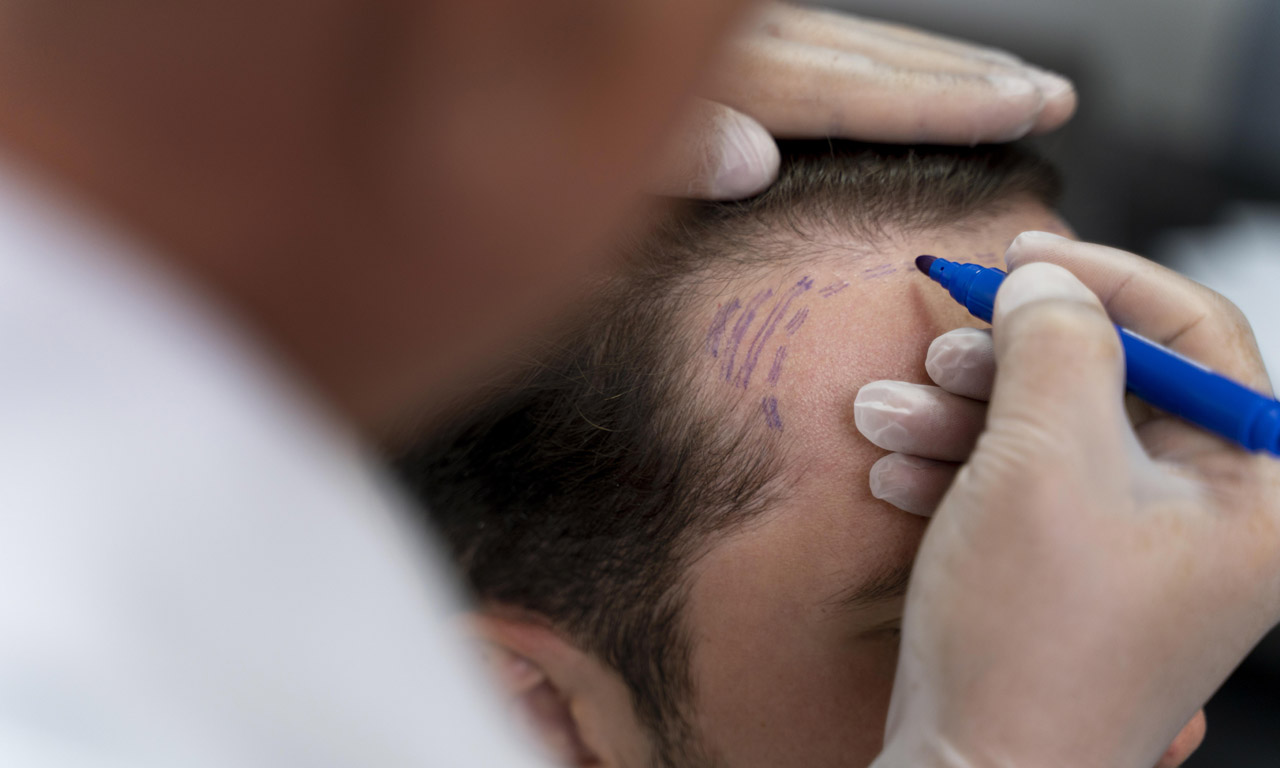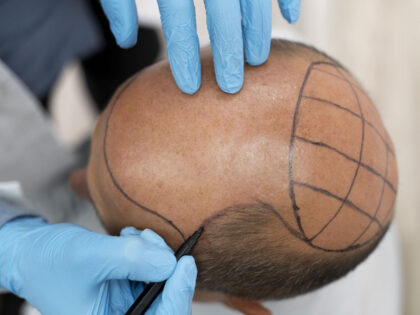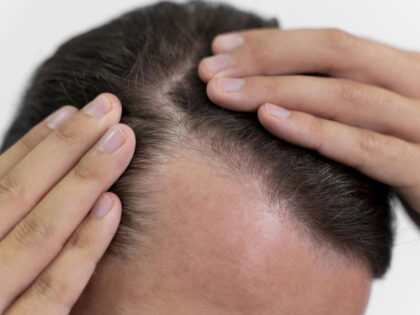Comparing Hair Transplant Techniques: FUT vs. FUE
-
admin
- Posted on

Hair loss is a common concern that affects many individuals, leading them to explore various solutions, including hair transplant procedures. Two popular techniques for hair transplantation are Follicular Unit Transplantation (FUT) and Follicular Unit Extraction (FUE). Understanding the differences between these techniques can help individuals make informed decisions about which method best suits their needs.
Follicular Unit Transplantation (FUT)
FUT, often referred to as the “strip method,” involves surgically removing a strip of scalp tissue from the donor area (usually the back or sides of the head) where hair growth is robust. The strip is then dissected into individual follicular units, which contain one to four hairs each. These follicular units are carefully transplanted into the recipient area, where hair loss has occurred.
Advantages of FUT:
-
High Graft Yield: Since a strip of tissue is removed, FUT allows for the extraction of a larger number of grafts in a single session, making it a suitable option for individuals with extensive hair loss.
-
Efficiency: The strip method is generally quicker and can be more efficient in terms of graft harvesting and transplantation, which can be advantageous for both the patient and the surgical team.
-
Lower Cost: FUT tends to be more cost-effective than FUE because of the higher graft yield per session and the less intricate extraction process.
Disadvantages of FUT:
-
Visible Scar: The primary drawback of FUT is the linear scar that results from the removal of the scalp strip. While skilled surgical techniques can minimize scarring, the scar can still be noticeable if the hair is cut very short.
- Downtime and Recovery: Recovery after FUT may take longer due to the sutures used to close the donor area. Patients may need to avoid strenuous activities for a few weeks.
Follicular Unit Extraction (FUE):
FUE involves the individual extraction of follicular units directly from the donor area using a small circular punch instrument. These grafts are then transplanted into the recipient area.
Advantages of FUE:
-
No Linear Scar: FUE leaves tiny, round scars that are less noticeable compared to the linear scar resulting from FUT. This makes FUE a preferred choice for those who prefer to keep their hair short.
-
Minimally Invasive: FUE is considered less invasive than FUT because it does not involve removing a strip of scalp tissue. This can result in less discomfort and a faster recovery.
-
Suitable for Smaller Cases: FUE is ideal for individuals with less extensive hair loss or those who wish to address specific areas without the need for a major procedure.
Disadvantages of FUE:
-
Lower Graft Yield: FUE sessions generally yield fewer grafts compared to FUT, which might necessitate multiple sessions for extensive hair loss.
-
Time-Consuming: FUE procedures can take longer due to the individual graft extraction process, making it potentially less efficient for both patients and surgical teams.
-
Higher Cost: Because FUE involves a more intricate and time-consuming extraction process, it is often more expensive than FUT.
Conclusion:
Choosing between FUT and FUE depends on individual preferences, the extent of hair loss, and desired outcomes. FUT is advantageous for those requiring a high number of grafts in a single session and those seeking a cost-effective option. FUE, on the other hand, is well-suited for individuals who want to avoid a linear scar, have shorter recovery times, and have smaller areas of concern. Ultimately, consulting with a skilled hair transplant surgeon is essential to determine which technique aligns with your goals and ensures the best possible results.





